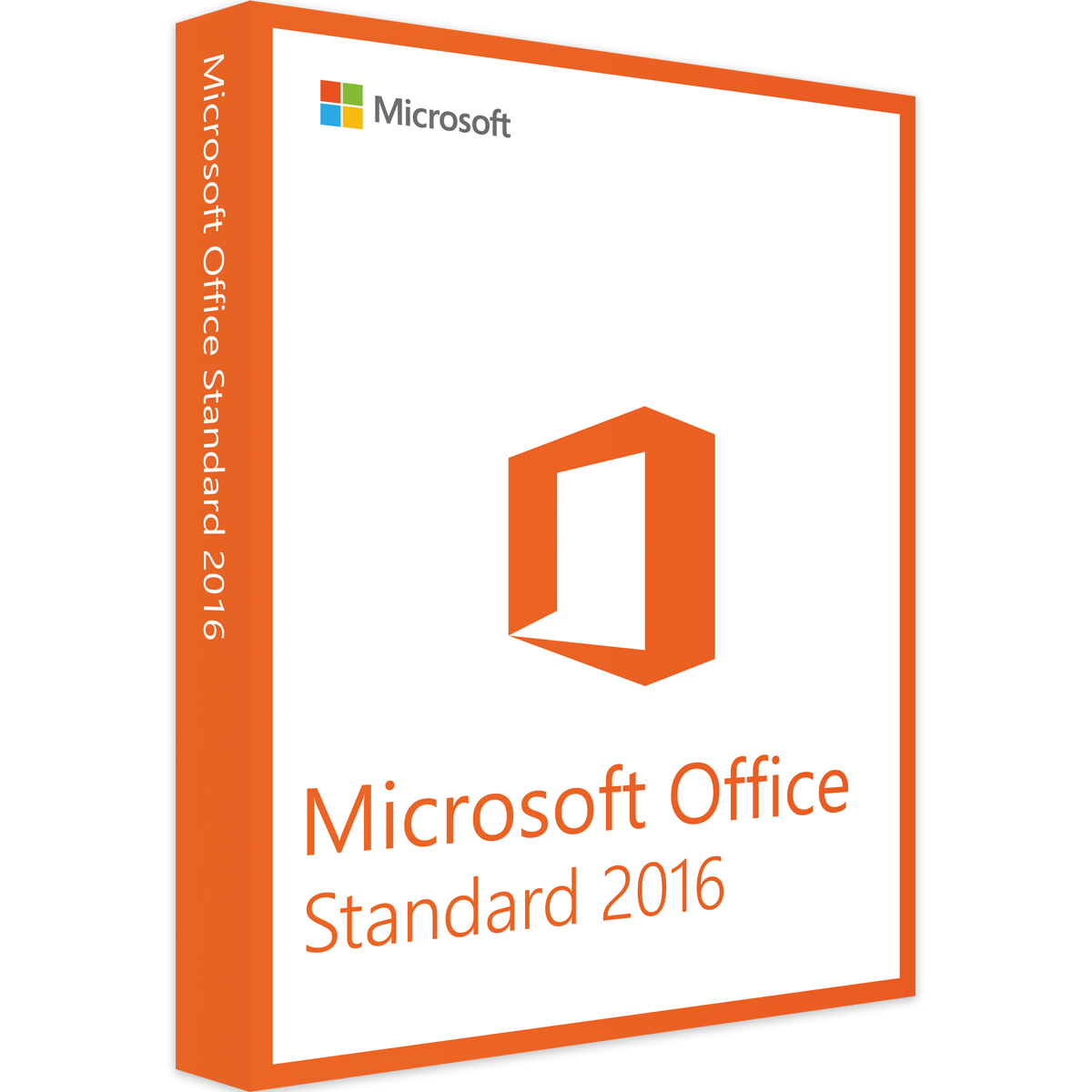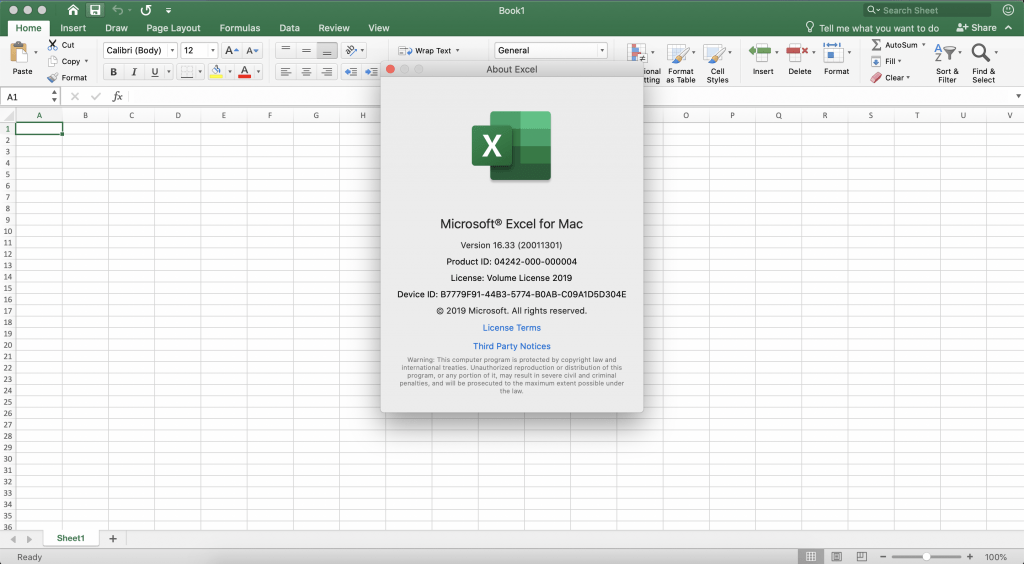

This can easily be accomplished under the EA by creating user profiles, which are a powerful license optimization tool.

It’s common for a client to want to license access for their Microsoft server infrastructure with Macs, but not for Microsoft Office or the Windows Operating System. Many clients will want to use some – but not all – Microsoft products on their Mac environment. In addition, the various Office 365 offerings all provide support for Mac environments, whether it is through Mac Office 2016, Office Web Apps, or the online versions of SharePoint, Skype for Business, or Exchange.īut what about Enterprise Agreement (EA) customers? Isn’t it an “all or nothing” proposition when licensing Microsoft products on the EA? Actually, that’s not the case at all!

Microsoft’s volume licensing agreements offer Mac Office as an option through Microsoft’s platform independent license terms – meaning that you may select either the Windows or Mac version of Office for deployment. From on iOS management perspective, Microsoft Intune enables mobile device management and BYOD across the enterprise by enabling policies across these devices. There are iOS-specific versions of Skype for Business, OneNote, Word, Excel, PowerPoint, and OneDrive. Microsoft Office 2016 is an elegant solution for Mac users that is almost on par with the Windows version of Office. Virtually every client has some Apple investment – an iPhone, an iPad, or a Macbook Pro.įortunately, Microsoft has made great strides on the Mac front in recent years. I often have clients ask how they might integrate Apple devices in the enterprise.


 0 kommentar(er)
0 kommentar(er)
